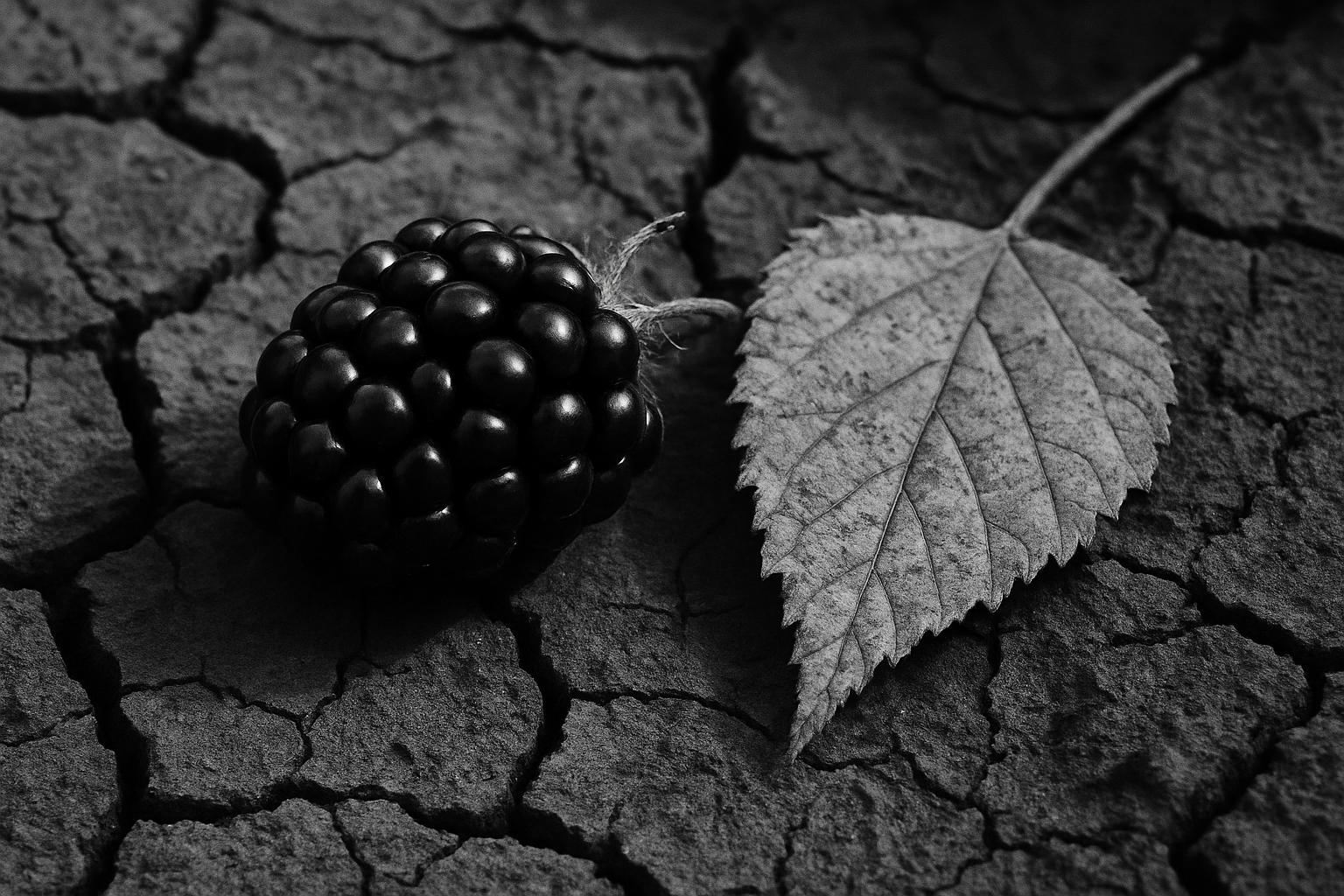Leaves are falling and blackberries are sweet on the bush, yet much of the country still feels like summer. For gardeners, park managers and people walking the streets, the mismatch is plain: ripe fruit and yellowing leaves alongside unusually high temperatures and long dry spells. According to the original report, this mix of signs has prompted councils to warn the public not to shelter beneath trees as dying branches can fall without warning, and scientists say what we are seeing is less a premature autumn than plants and trees showing stress after a prolonged, hot and dry summer. The Met Office’s provisional statistics add weight to that picture: July 2025 was among the warmest on record and the season so far has delivered well above-average temperatures and sunshine.
“I’ve been coming every day this year — if I don’t, the plants will die,” Wanda O’Connor told the BBC from her allotment in Cardiff, where she has been able to grow melons and even citrus for the first time in six years. Excess heat and sunshine have helped some crops flourish, producing bumper yields of tomatoes, peppers and courgettes, but the extra demand for water and the labour to keep plants alive is an unwelcome burden for many small-scale growers. Farmers have likewise reported early harvests and crops suffering in the heat, raising concerns about longer-term effects on yields and prices.
The timing of wild fruits has shifted too. Conservation groups have recorded bramble fruiting much earlier than the mid-July-to-September window usually expected; the Woodland Trust’s citizen-science Nature’s Calendar noted ripe blackberries first reported in late June on the south coast. The charity urges regular, repeat checks on the same bush to build robust evidence, and stresses that such volunteer records are vital for distinguishing whether this year’s early fruiting is a weather-driven blip or part of a longer-term shift in seasonal timing.
Beneath these visible signs lies a picture of widespread soil moisture deficit. The Met Office and Environment Agency data cited in the original report show below-average rainfall for the season and dry soils across large swathes of the country. Government drought bulletins list several English regions in formal drought or prolonged dry weather, describing historically low river flows, stressed reservoirs and emergency measures by water companies such as temporary use bans and drought permits. Those shortages have tangible environmental impacts too, from algal blooms to fish deaths in some rivers.
Gardeners and professional horticulturists are already seeing the consequences for trees. At the National Botanic Garden of Wales, head gardener Luke Cheesman described leaves yellowing and branches drooping and said staff are responding with extra mulching and irrigation to try to protect specimens. “We’ve had three almost back-to-back heatwaves. It’s not giving the trees much chance to recover,” he told the BBC, urging people to add organic material around tree roots and to water sensitively where possible.
Kew Gardens has recorded the same pattern, and its experience has shaped a longer-term response. Kevin Walker, head of tree collections at Kew, told the BBC that many trees are adopting a “live fast, die young” strategy — shedding leaves or even branches in an attempt to survive — and that the phenomenon of summer branch drop is a present danger in public spaces. Kew’s own analysis after the 2022 drought, which killed hundreds of trees, led to a formal landscape succession plan recommending species diversification and climate-resilient planting to reduce future vulnerability.
Park authorities have translated those horticultural concerns into public-safety advice. Royal Parks issued warnings during recent heatwaves that drought-stressed trees are more prone to unexpected limb failure, and urged visitors to take extra care when sheltering under trees and to heed site-specific safety notices; local councils have issued similar “do not sit under trees” guidance in areas where inspections have identified hazardous branches.
Scientists say these are the kinds of phenological shifts — changes in the timing of biological events — that climate researchers expect as the atmosphere and seas warm. The Met Office has highlighted analysis showing advances in spring and other seasonal cues, and recent commentary links the present pattern of earlier leafing, flowering and fruiting to a combination of higher temperatures, dry soils and persistent high-pressure weather systems. That does not mean every early berry or dropped leaf is definitive proof of long-term change, but researchers warn of increasing frequency: what might have been a once-in-a-decade event is becoming far more common, with knock-on effects for ecosystems, pollinators and food production.
For the public and land managers the practical takeaway is straightforward: these signs matter because they reveal strain on trees, crops and soils rather than a simple calendar shift. Experts recommend concentrating available water around tree roots, using mulch to retain soil moisture, checking and reporting hazardous limbs to local authorities, and following park safety guidance. Citizen science initiatives such as the Woodland Trust’s Nature’s Calendar can also help track whether this year is an anomaly or part of a sustained trend — data that will be important for planning which species to plant and where in the decades ahead.
📌 Reference Map:
##Reference Map:
- Paragraph 1 – [1], [2], [7]
- Paragraph 2 – [1]
- Paragraph 3 – [1], [4]
- Paragraph 4 – [1], [2], [3]
- Paragraph 5 – [1]
- Paragraph 6 – [1], [5]
- Paragraph 7 – [1], [6]
- Paragraph 8 – [7], [2], [3], [1]
- Paragraph 9 – [1], [4], [5]
Source: Noah Wire Services
